From Smoke Signals to Mobile Signals: The Evolution of Communication
The history of communication is a fascinating journey, illustrating humanity’s relentless pursuit of better ways to connect with one another. From rudimentary forms of communication like smoke signals and cave paintings to the sophisticated technologies of today, our world has come a long way in enabling people to exchange ideas and information.
As part of National Conversation Week, we take a look at some of the major milestones that have shaped the way we interact with one another.
Early Forms of Communication (40,000 BCE - 3,500 BCE)
Long before the invention of writing, early humans relied on simple yet effective means of communication to convey messages. Some of these early forms included:
Smoke Signals: As early as 200 BCE, civilisations like the Greeks and Chinese used smoke signals to transmit information over long distances.
Cave Paintings: Dating back to 40,000 years ago, cave paintings were among the first visual forms of communication, depicting scenes of hunting and rituals.
Drumming: In Africa, drums were used to send messages across vast distances. Different rhythms and patterns represented specific messages, allowing communities to stay connected.

Invention of Writing (3,500 BCE)
The development of writing systems marked a significant turning point in the history of communication. The Sumerians in Mesopotamia created the first known form of writing, called cuneiform, which allowed them to record transactions, laws, and stories for future generations.
Carrier Pigeons: Feathered Messengers (3000 BCE)
Carrier pigeons have played a significant role in long-distance communication since ancient times. As early as 3000 BCE, the Egyptians and later the Romans utilised these birds to deliver important messages across vast distances. Their remarkable ability to navigate back to their home, even when released hundreds of miles away, made them a reliable and discreet method of communication.

The Print Revolution (1440 CE)
The invention of the Gutenberg press in 1440 by Johannes Gutenberg transformed communication by enabling the mass production of books. This print revolution made written works more affordable and accessible, spreading knowledge and information throughout Europe and beyond.

Braille (1824)
In 1824, Louis Braille, a blind Frenchman, invented a tactile writing system for the visually impaired. Braille consists of raised dots that can be felt with the fingertips, allowing blind individuals to read and communicate more effectively.
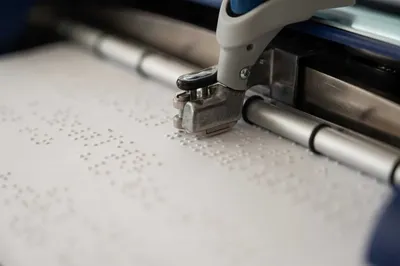
A braille coding machine in action
The Telegraph (1837)
Samuel Morse’s invention of the electric telegraph revolutionised long-distance communication by transmitting messages through electrical signals. This innovation paved the way for the creation of the Morse code, a series of dots and dashes representing letters and numbers, which could be sent over telegraph lines.
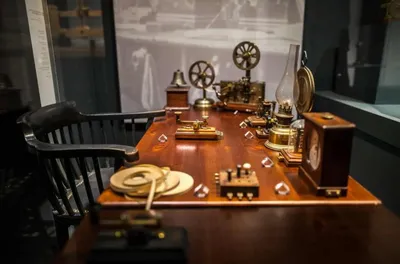
The Telephone (1876)
Alexander Graham Bell’s invention of the telephone provided an instantaneous method of voice communication. The telephone allowed people to converse over long distances, dramatically changing personal and professional communication.
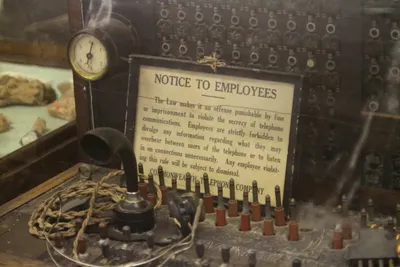
Phonograph (1877)
Thomas Edison’s invention of the phonograph enabled the recording and playback of sound, paving the way for the recorded audio formats we know today.

Original Edison Phonograph
Newspapers (17th century)
The first newspapers emerged in the 17th century, providing people with regular updates on local and global events. These publications facilitated the spread of information, opinions, and advertising, influencing public discourse and opinion.

Modern day newspaper production
The Radio (1895)
Guglielmo Marconi’s invention of the radio in 1895 enabled wireless communication through the transmission of electromagnetic waves. Radios allowed people to receive news, entertainment, and information in real-time, changing the way societies connected and interacted with one another.

Marconi 1.5KW transmitter
Television (1927)
In 1927, Philo Farnsworth invented the first electronic television, which transmitted moving images and sound through radio waves. Television quickly became a dominant form of mass communication, shaping culture, politics, and public opinion for decades to come.
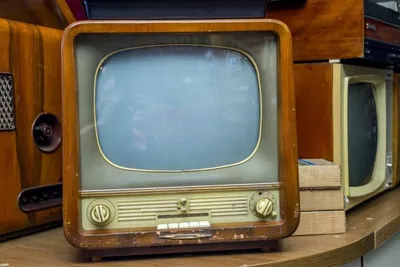
The Internet (1960s)
The development of the Internet in the 1960s and its commercialisation in the 1990s revolutionised communication on a global scale. This digital network enabled the rapid exchange of information, transforming the way people communicate, work, and learn.
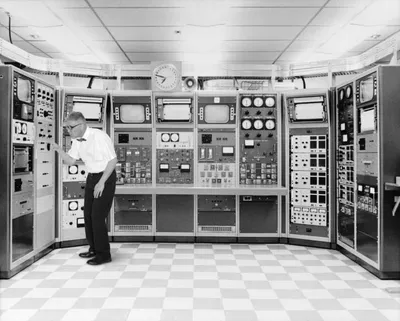
Email (1971)
The invention of email in the early 1970s by Ray Tomlinson allowed users to send and receive messages electronically, providing a fast, efficient, and cost-effective means of communication. Email has since become an integral part of personal and professional communication worldwide.
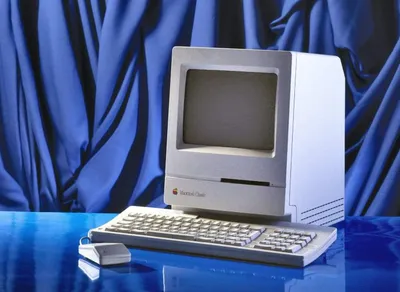
Invention of the Mobile Phone (1980s)
The first generation of mobile phones emerged in the 1980s, utilising analog cellular networks to enable wireless voice communication. These early devices were large and expensive, but they laid the groundwork for the mobile revolution.
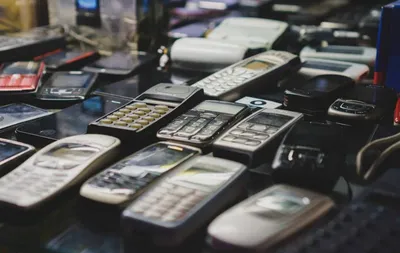
The World Wide Web (1991)
The invention of the World Wide Web by Tim Berners-Lee in 1991 significantly impacted how people communicate and access information. The Web connected documents, images, and multimedia through hyperlinks, making the Internet more accessible and user-friendly. This innovation laid the groundwork for the development of websites, blogs, and online forums, revolutionising the way we share and consume information.
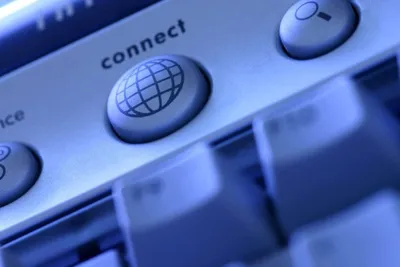
The launch of 2G and SMS (early 1990s)
The second generation of mobile phones arrived in the early 1990s, using digital technology for voice and data transmission. This development introduced SMS (Short Message Service) and MMS (Multimedia Messaging Service), making text messaging a popular new form of communication.
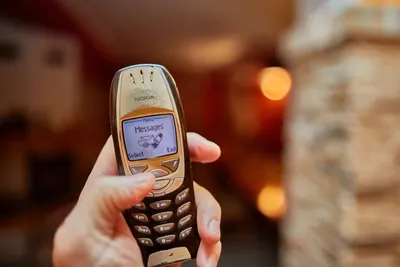
MSN Messenger (1999)
MSN Messenger allowed users to send text messages, exchange files, and make voice and video calls in real-time. It played a significant role in popularising instant messaging and fostering digital social connections in the early days of the internet.
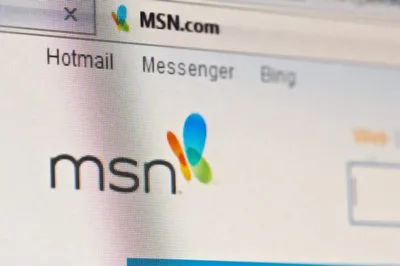
The launch of 3G (2001)
The third generation of mobile phones brought faster data transmission speeds, enabling mobile internet access and video calling. This development marked the beginning of the smartphone era, with devices becoming increasingly versatile and indispensable.
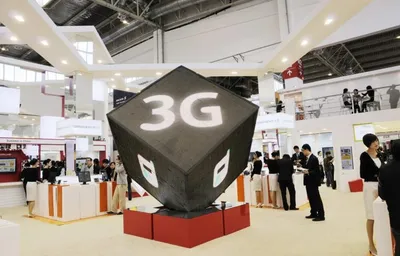
MySpace (2003)
MySpace was one of the first major social networking platforms to gain widespread popularity. The platform allowed users to create personalised profiles, connect with friends, share multimedia content, and discover new music. MySpace’s influence on the development of social media and digital communication is undeniable.

Facebook (2004)
In 2004, Mark Zuckerberg launched Facebook, a social networking platform that would go on to redefine the way people communicate, connect, and share information. This groundbreaking platform reshaped personal communication as we knew it.
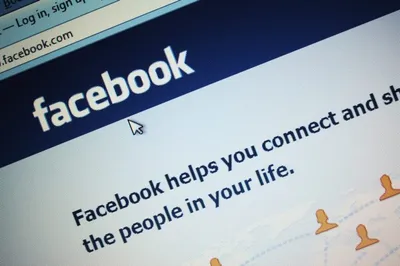
Twitter (2006)
Twitter introduced a new way of sharing thoughts and information through 280-character messages called “tweets.” It gained popularity for its real-time updates and unique format, allowing users to share news, engage in conversations, and follow various topics and personalities.
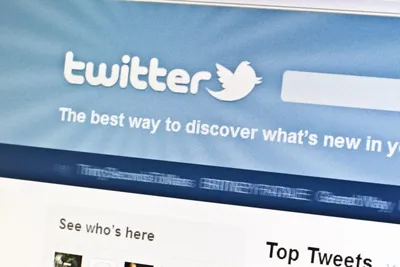
4G (2009)
The fourth generation of mobile phones further increased data speeds and network capacity, paving the way for mobile video streaming, online gaming, and seamless web browsing.
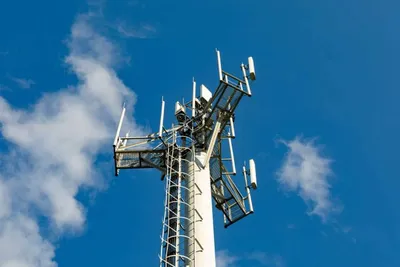
WhatsApp (2009)
In 2009, WhatsApp emerged as a game-changer in the world of instant messaging. It quickly gained popularity for its simple, user-friendly interface and end-to-end encryption, ensuring users’ privacy and security. The platform allowed users to send text messages, share multimedia files, and make voice and video calls for free over the internet, transforming the way people communicate on a global scale.
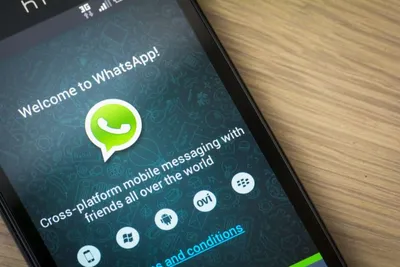
Amazon Alexa (2014)
In 2014, Amazon introduced its voice assistant, Alexa, which transformed the way people interact with technology. It enables users to access information, control smart home appliances, play music, and communicate with others using natural language. This innovation marked a major milestone in the development of voice-activated technology and Artificial Intelligence (AI).
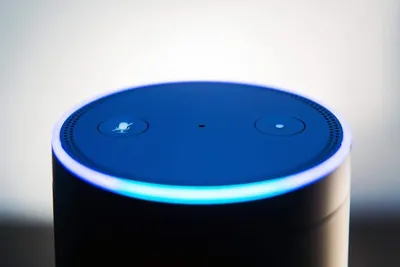
5G (2019)
The most recent generation of mobile networks, 5G, offers significantly faster data speeds, lower latency, and greater network capacity. This technological breakthrough has the potential to revolutionise industries such as transportation, healthcare, and entertainment, enabling innovations like autonomous vehicles and augmented reality.
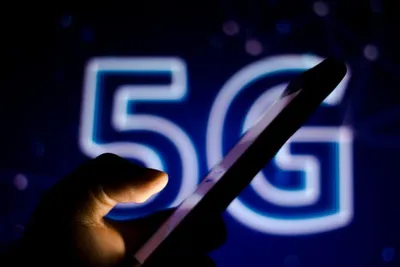
Mobile set to dominate the future of human connectivity
In the coming years, we can expect to see even faster and more efficient mobile networks, such as 6G and beyond, which will revolutionise human communication. These advancements will pave the way for a more interconnected and intelligent global network, enabling seamless communication between humans, machines, and the Internet of Things (IoT).
Mobile devices, already an integral part of our daily lives, will continue to play an increasingly important role in human communication. As these devices become more powerful and versatile, they will enable new forms of interaction, such as holographic communication, augmented reality, and immersive virtual experiences.
The future of communication is set to be much more inclusive and accessible, thanks to advances in translation technology and voice recognition. This will break down language barriers and ensure that everyone, regardless of ability or location, can communicate with each other with ease.
From cave paintings to smartphones, our journey so far has been nothing short of remarkable. Here at Signal Solutions, we can’t wait to see what our future holds!